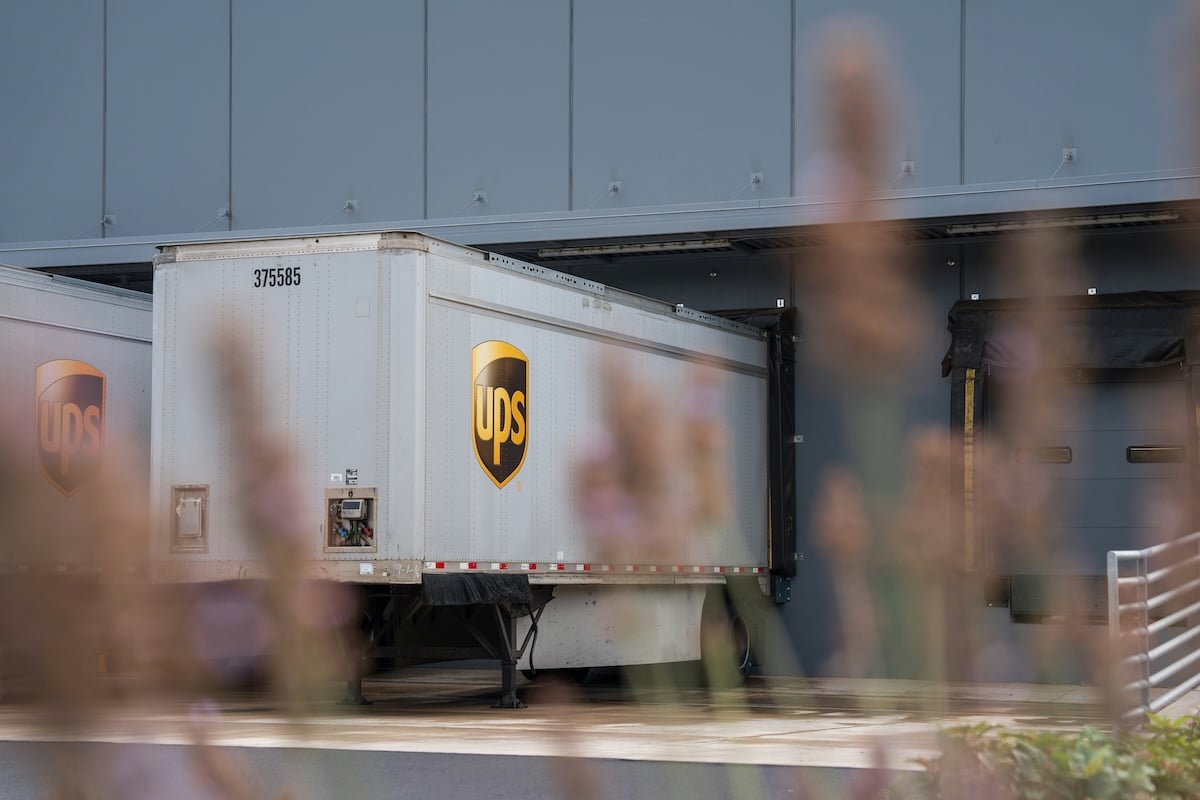Peak season planning just got a lot more complicated.
FedEx has already announced its 2025 peak season structure, but UPS remains silent about its demand and peak fees, breaking from the industry’s traditional summer announcement timeline.
Understanding the potential reasons behind this delay—and taking proactive steps to prepare despite the uncertainty—will help shippers maintain cost control and operational efficiency heading into the fourth quarter.
When Carriers Typically Announce Demand And Peak Season Fees
The shipping and logistics industry operates on well-established annual cycles, with major carriers following predictable timelines for announcing peak season surcharges and demand fees. Traditionally, both UPS and FedEx release their peak season pricing structures between May and July, providing businesses with a crucial three to four-month planning window before the busy fourth quarter begins.
This advance notice timeline benefits both carriers and shippers significantly. Carriers gain more predictable volume commitments and better operational capacity planning, while shippers receive the time necessary to adjust shipping strategies, update budgets, and negotiate contract modifications. FedEx has already announced its 2025 peak season structure, making UPS’s silence increasingly notable and creating uncertainty for shippers who depend on predictable fee schedules.
Possible Reasons Behind UPS’s Delayed Announcement For Demand And Peak Season Fees
UPS is unlikely to delay the announcement of 2025 demand/peak fees just to keep shippers on their toes. Several strategic and market factors likely contribute to this delay, including:
- Market Volatility: Consumer spending patterns, inventory levels, and shipping demand continue to show volatility. It’s possible that UPS may be waiting to gather additional data on current market conditions and economic indicators before committing to specific surcharge structures that could impact their competitive position.
- Competitive Positioning: UPS might be analyzing FedEx’s pricing strategies and market response before finalizing its own fee structure. By observing how customers react to FedEx’s announced fees and identifying potential market gaps, UPS can potentially position itself more advantageously. This approach allows UPS to either match competitive pricing or differentiate through alternative fee structures.
- Reducing Negotiation Opportunities: Waiting until closer to peak season leaves shippers with less time to review and negotiate their contracts. This increases the pressure on shippers who meticulously plan their shipping budgets to stay in the green.
What This Delay Means for Shippers
UPS’s delayed demand and peak season surcharge announcement creates several immediate challenges for businesses that rely on predictable shipping cost structures to plan their operations and budgets effectively.
Beyond contract negotiation challenges, budget planning complications are the main challenge. Without confirmed peak season fees, it’s impossible to finalize fourth-quarter shipping budgets. This uncertainty affects cash flow projections, profit margin calculations, and pricing decisions for businesses that absorb shipping costs or pass them through to customers. Companies with tight margins are particularly affected as they can’t accurately forecast their largest shipping expense period.
The lack of confirmed fees also affects broader supply chain decisions beyond just shipping costs. Businesses can’t finalize inventory placement strategies, determine optimal fulfillment center utilization, or make informed decisions about alternative carrier partnerships. This ripple effect extends to customer service planning, as companies struggle to set accurate shipping cost expectations for their customers during peak season.
4 Ways Shippers Can Prepare For Peak Season (Despite the Uncertainty)
While UPS’s delayed announcement creates challenges, it’s nothing your business can’t handle. Proactive shippers can take 4 strategic steps to maintain control over their peak season planning and costs.
1. Review Historical Peak Season Patterns
It always starts with data.
Analyze your shipping data from the past three peak seasons to identify patterns in UPS surcharge impacts, volume fluctuations, and cost increases. Historical data provides valuable insights into likely fee ranges and helps establish baseline budget scenarios. Look specifically at how previous UPS peak season fees affected your total shipping costs compared to other carriers. From there, you can start to get an idea of what the potential increases may be this year.
2. Develop Flexible Budget Scenarios
Create multiple budget models based on different potential fee structures—conservative, moderate, and aggressive surcharge scenarios. This approach allows your finance team to prepare for various outcomes while maintaining operational flexibility. Include contingency planning for rapid strategy shifts once UPS announces its actual fees.
3. Leverage Advanced Technology for Real-Time Analysis
Modern parcel spend management technology can run complex scenarios and get the answers you need in real-time. These tools allow you to model different peak season fee scenarios, compare carrier alternatives instantly, and identify optimization opportunities before fees are even announced. Advanced analytics can simulate the financial impact of various surcharge levels across your entire shipping network and compare agreements side by side. These modeling and simulation tools do the hard work for you so you can spend less time crunching numbers and more time planning your peak season shipping strategy.
4. Consider Alternative Carrier Strategies
Use this uncertainty as an opportunity to evaluate your carrier mix and potentially reduce dependence on UPS during peak season. Analyze FedEx’s announced fees, explore regional carrier partnerships, or investigate hybrid shipping strategies that optimize costs across multiple providers based on package characteristics and destinations.
Proactive Steps Shippers Can Take Now
Don’t wait for UPS’s announcement to begin optimizing your shipping strategy. Take these immediate actions:
- Analyze your shipping profile: Review package characteristics, destination patterns, and service level requirements to understand how different fee structures might impact your costs
- Negotiate contract flexibility: Add clauses that allow for adjustments based on peak season announcements, giving you room to modify terms if competitor pricing differs significantly from projections
- Implement cost monitoring systems: Establish baseline metrics now so you can quickly assess the financial impact of new fees once they’re announced
- Prepare alternative scenarios: Identify backup carriers and shipping strategies you can activate quickly if UPS fees exceed your budget thresholds
Conquer Peak Season With Reveel
When carriers delay critical announcements, having the right technology becomes essential for maintaining shipping cost control and operational efficiency. Reveel’s advanced parcel spend management platform provides real-time insights and analytical capabilities that shippers need to prepare for the 2025 peak season. Get a demo here.



